Get personalized Consultation!
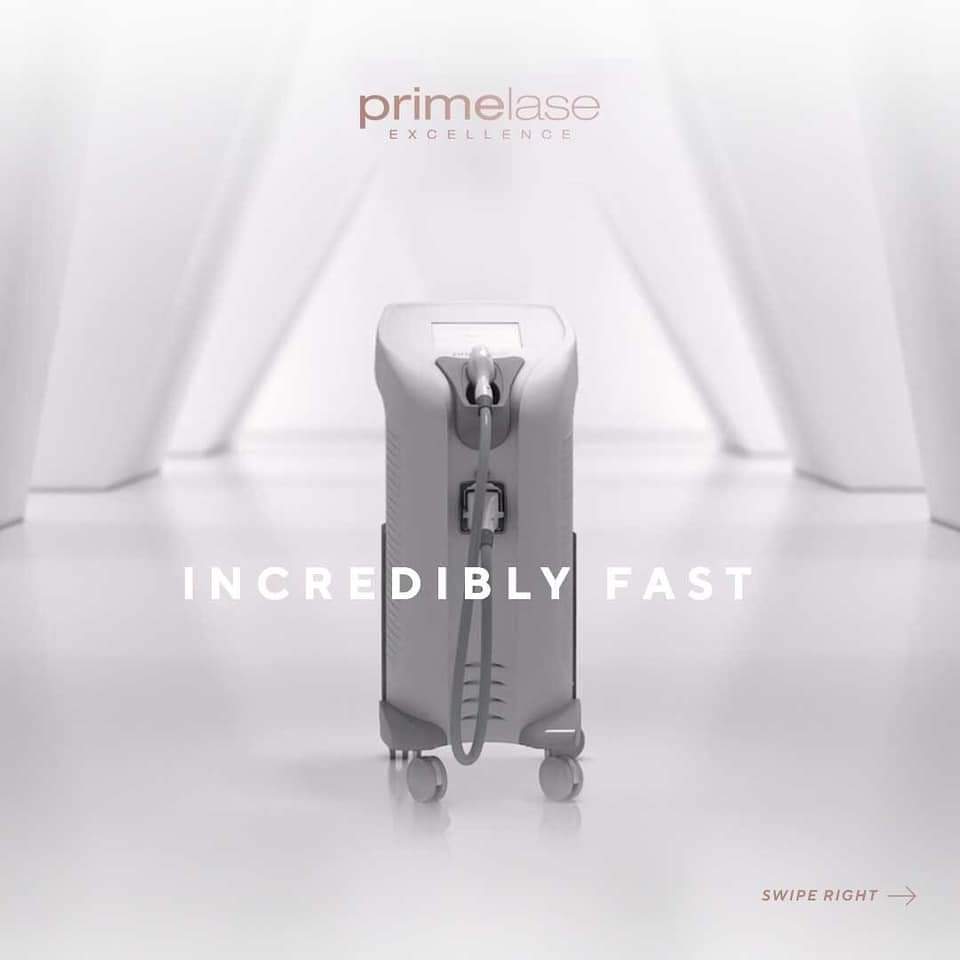
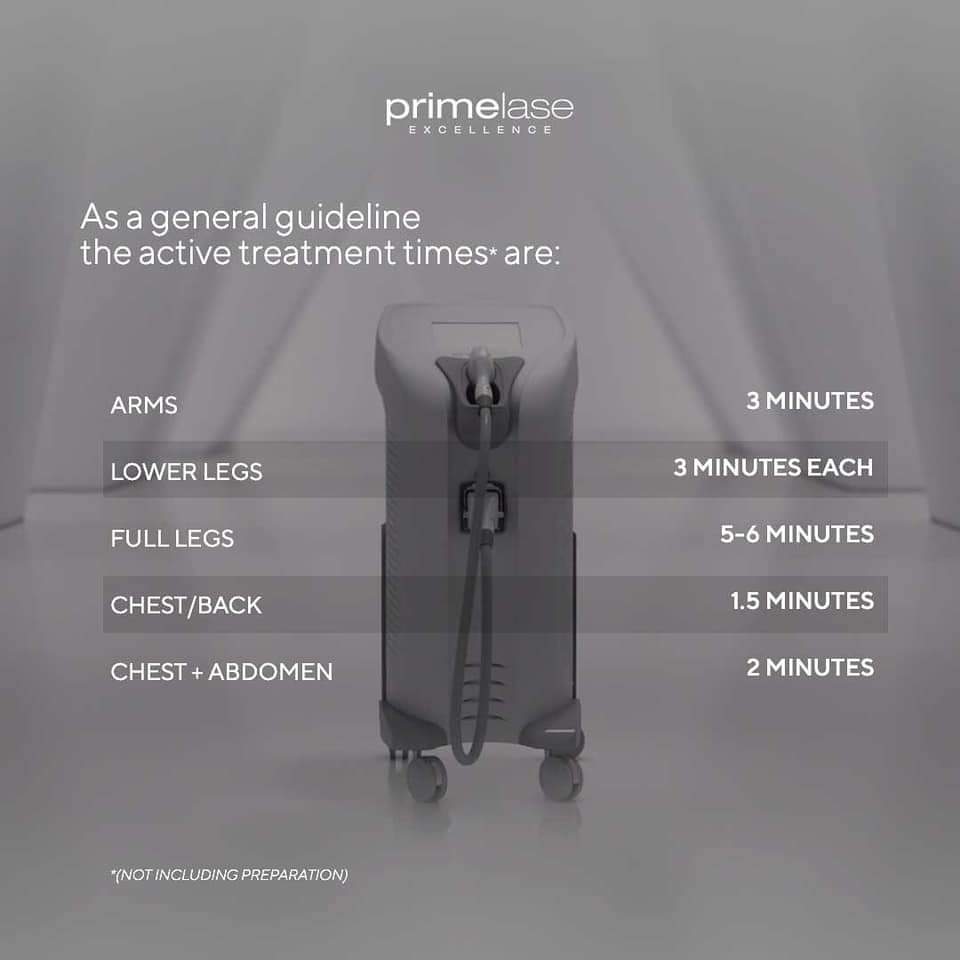
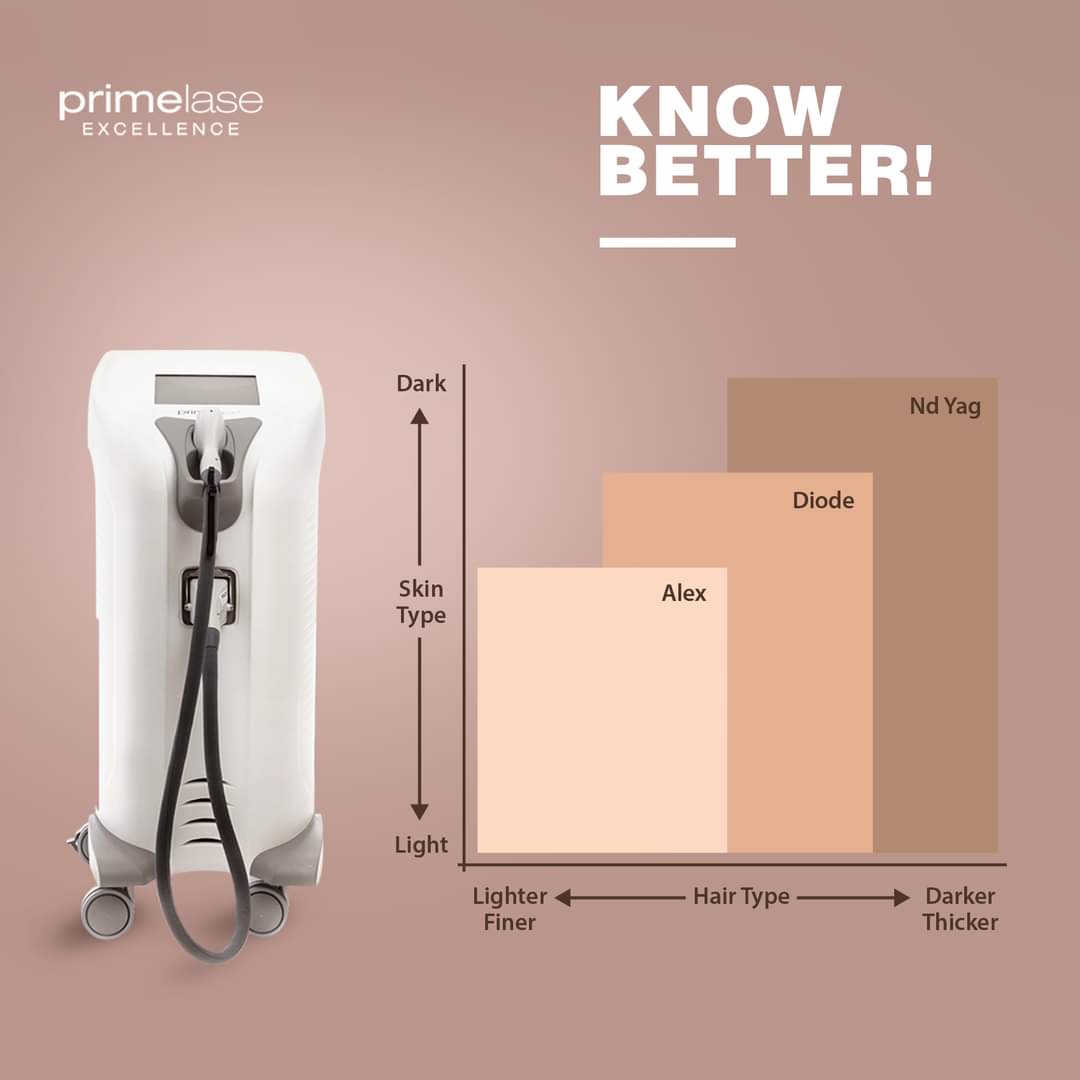


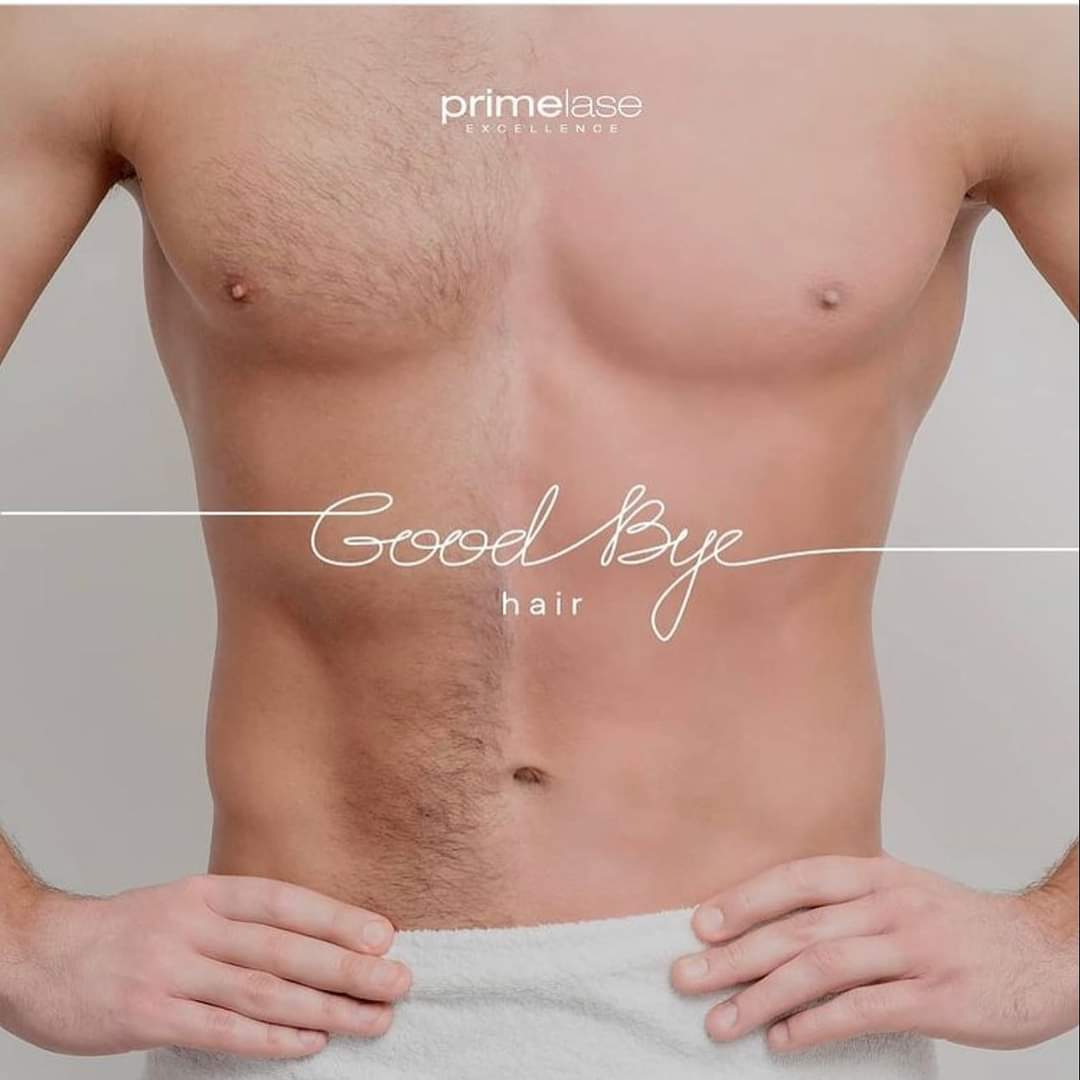


PERMANENT HAIR REMOVAL
Every day and in every season, take pleasure in smooth skin. For both men and women, Our PrimeLase HR procedure is advised as it offers a permanent, painless, and efficient hair removal solution.
Our Device PrimeLase is a multipurpose laser device that has many uses in the process of implementing epilation treatments. This device removes unwanted hair from all skin types and provides excellent results from the first hair removal session.
It differs significantly from other laser hair removal devices available on the market due to its high intensity and brief pulse technology, which enables unparalleled control over the treatment and expedites the desired outcomes.
With 3600 W of power, our device PrimeLase HR is the market’s most powerful laser diode. This hair removal device’s power lies in its utilization of short, high-energy pulses—perfect for removing stubborn hair left over from previous treatments.
With its four operating modes, it can produce up to 63J/cm² of power in 400 ms. Being able to operate with short pulses and high energy up to 3 HZ makes speed one of the most crucial characteristics of this unbeatable hair removal tool.
Our device also has a dynamic or painless mode. Since this technology makes it painless to deal with, all patients—including males with thick hair—can benefit from permanent epilation from the very first session. Our device Primelase HR laser hair removal device satisfies the quality requirements specified for medical equipment by ISO 9001 and ISO 13485.
Our device permanent hair removal treatments enable varying spot sizes (9 × 9) and repetition rates up to 3 Hz. With its 20 × 9 and 30 × 9 settings, this device is among the fastest and most effective permanent laser hair removal devices available. This device can be used to treat any area of the body because of the applicator’s variable spot dimensions.
Additionally, this device uses the “crystal freeze” mechanism, which was developed specifically for Cocoon Medical. It automatically and continuously modifies the temperature, increasing the safety of permanent laser hair removal.
365 days a year, any time of year, and any skin phototype can be treated with our permanent hair removal device. So as to prime the body for summer, it is best to do so during the winter.
Restrictions
Experts consider the permanent hair removal using our device the PrimeLase laser to be a safe method of epilation, with no significant contraindications. Nonetheless, there are circumstances in which laser hair removal is not advised for safety or medical reasons.
These circumstances concern:
- The time frame for conception and lactation
- Infections of the skin or mucous membranes, lesions, and tattoos
- An oncological condition exists.
LASER HAIR REMOVAL
What Is Laser Hair Removal?
The process of laser hair removal involves using a concentrated light beam, or laser, to remove hair from various body parts.
Consider laser hair removal as an option if you’re not happy with shaving, tweezing, or waxing to get rid of unwanted hair.
One of the most popular cosmetic procedures in the United States is laser hair removal. It shines a very focused light into the follicles of hair. Light is absorbed by the follicles’ pigment. The hair is destroyed as a result.
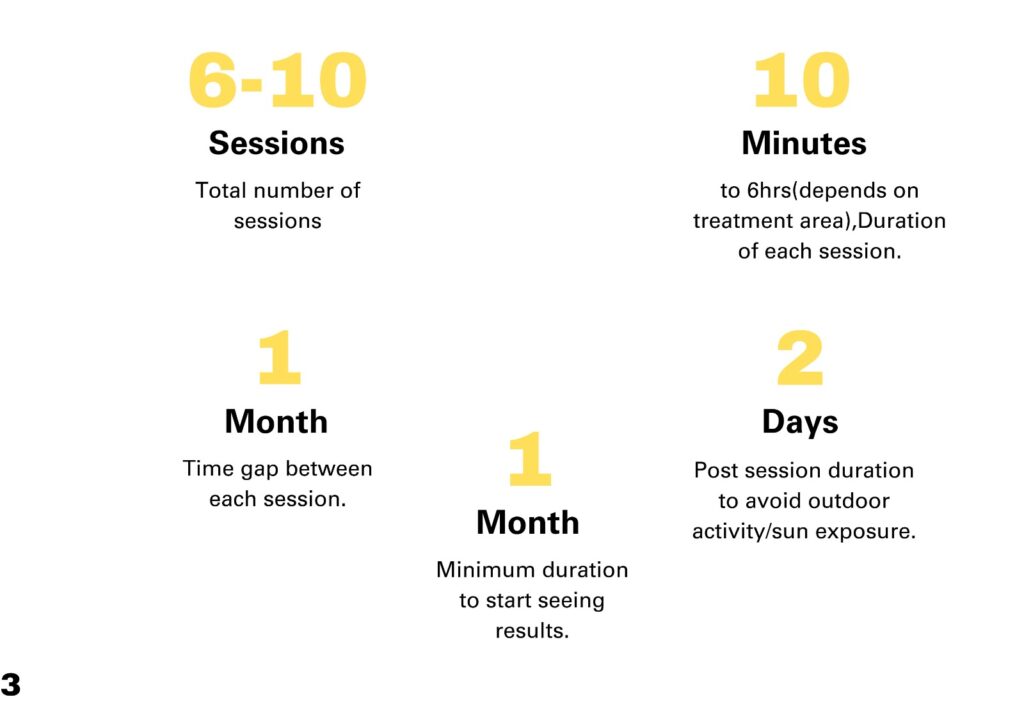
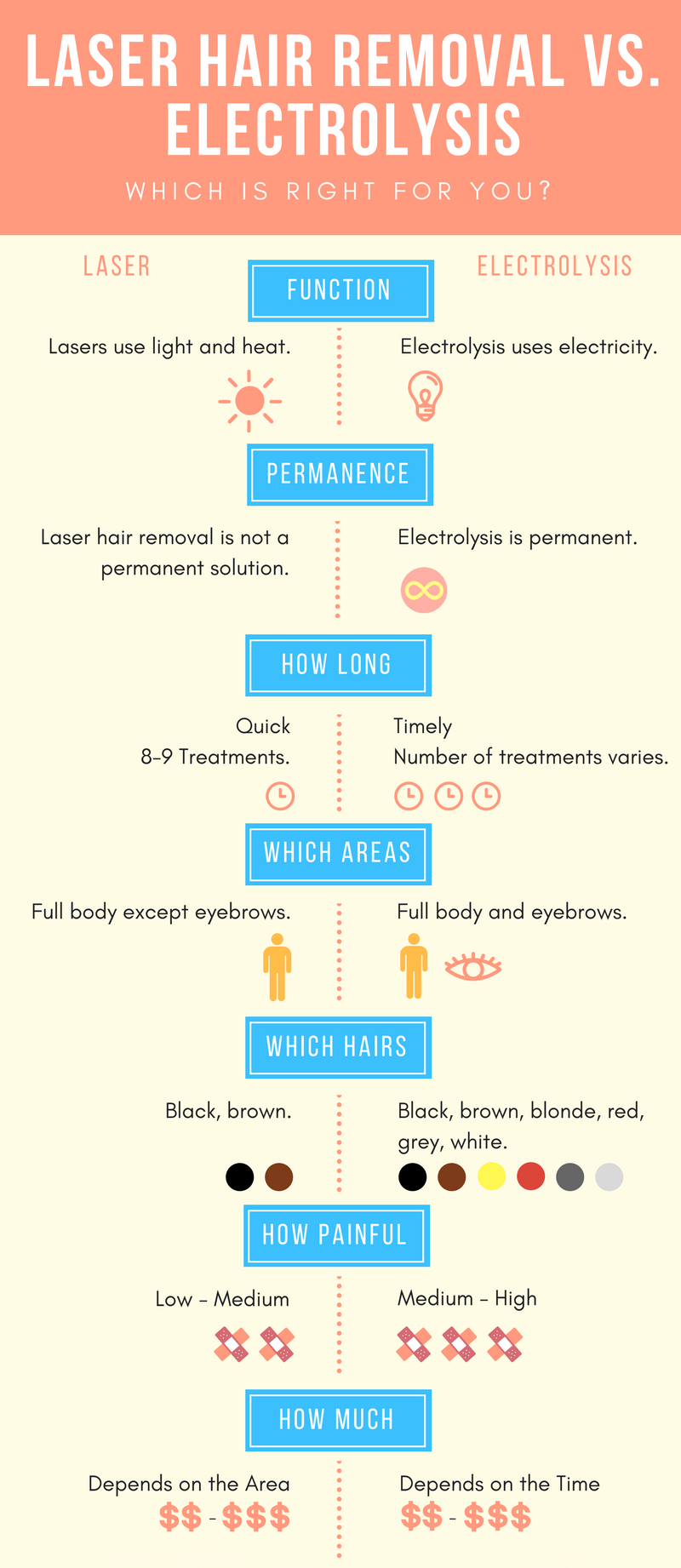
Another method of hair removal is electrolysis, which is thought to be more permanent. Each individual hair follicle is probed, and an electric current is delivered to kill the growth of hair.
It can be more costly and takes longer than laser hair removal, but it works on all skin tones and hair types.
For those in the trans and gender nonconforming groups, shaving their hair can be a significant step in the transition process and be therapeutic for dysphoric or uneasy feelings.
Advantages of Laser Hair Removal
Unwanted hair can be removed with lasers from a variety of places, including the face, chin, back, arm, underarm, and bikini line. But you cannot have laser surgery done on your eyelids, the skin around them, or anyplace else where there is tattooing.
Laser hair removal has several advantages, such as:
Accuracy: Lasers can precisely target coarse, dark hairs while sparing the surrounding skin.
Speed: Treating several hairs at once, a single laser pulse only takes a fraction of a second. An area roughly the size of a quarter can be treated by the laser per second. Treating small areas, like the upper lip, takes less than a minute, while treating vast areas, like the back or legs, can take up to an hour.
Predictability: After an average of three to seven sessions, the majority of patients have permanent hair loss.
How to Get Ready for Hair Removal with Lasers?
More than merely “zapping” away undesirable hair is involved in laser hair removal. This is a potentially dangerous medical treatment that needs to be performed by someone with training. You should avoid electrolysis, waxing, and plucking for six weeks before laser hair removal therapy if you intend to have it done. This is so because waxing or plucking temporarily removes the hairs’ roots, which are the focus of the laser.
Additionally, you must stay out of the sun for six weeks prior to and following treatment. Sun exposure reduces the effectiveness of laser hair removal and increases the risk of treatment-related problems. A blood thinner should not be taken before the surgery. If you take aspirin on a regular basis or are on any anti-inflammatories, talk to your doctor about which medications to cease.
Your doctor could advise using skin-whitening cream if your skin tone is darker. Use of any sunless products to darken your skin is not advised. For the operation, it’s critical that your skin be as light as possible.
Is shaving recommended for laser hair removal?
On the day prior to your operation, you should trim or shave.
What happens if laser hair removal is performed without shaving?
Your hair and skin will burn, and the technique won’t perform as well if your hair is too long.
Throughout the process, a laser beam will be absorbed by the pigment in your hair. That hair follicle will sustain damage as the light is transformed into heat. The hair will cease growing as a result of such damage. There are two to six sessions involved in this.
What to Anticipate from Laser Hair Removal
Throughout the process, a laser beam will be absorbed by the pigment in your hair. That hair follicle will sustain damage as the light is transformed into heat. The hair will cease growing as a result of such damage. There are two to six sessions involved in this.
Prior to laser hair removal
Trimming the hair to a few millimetres above the skin’s surface just prior to the procedure will prepare it for treatment.
The technician will typically apply a topical anaesthetic 20 to 30 minutes prior to the operation in order to lessen the pain from the laser pulses.
The laser equipment will also be adjusted according to your skin tone, hair type, thickness, and treatment area.

Wearing the proper eye protection is required for both you and the technician, depending on the type of laser or light source being utilised. In order to penetrate the outer layers of your skin and facilitate the absorption of laser light, they will also apply a cold gel or utilise a specialised cooling equipment.
During laser hair removal
A light pulse will be applied by the technician to the treatment region. For many minutes, they will watch to make sure you are not experiencing a negative reaction and that they used the appropriate settings.
Does laser hair removal cause pain?
There may be some post-procedural redness and swelling, as well as brief discomfort. Individuals who have undergone laser hair removal describe it to a heated pinprick and report that it hurts less than waxing or threading.
In between the permanent hair removal appointments, what should be done?
During the time in between treatments, patients should limit their usage of electric or traditional waxing methods to razor blades or depilatory creams. (As often as one feels appropriate). In order to suggest a suitable treatment plan, we will assess the skin and the area(s) to be treated prior to the actual process.
Internationally conducted clinical studies and patient experience show that a minimum of two extra sessions, and ideally a protocol of six, are needed for optimal effectiveness. A treatment’s minimum frequency of six weeks (for the face, armpit, and inguinal area) and maximum frequency of up to twelve weeks (for the legs) depend on the area being treated.
A session may take five minutes (for the armpit area) or up to ninety minutes (for the entire body), depending on the quantity and area of treated areas.
After laser hair removal
To relieve any discomfort, the technician could provide you cold packs, anti-inflammatory creams or lotions, or both. The next checkup isn’t scheduled for another four to six weeks. Treatments will continue until your hair stops growing.
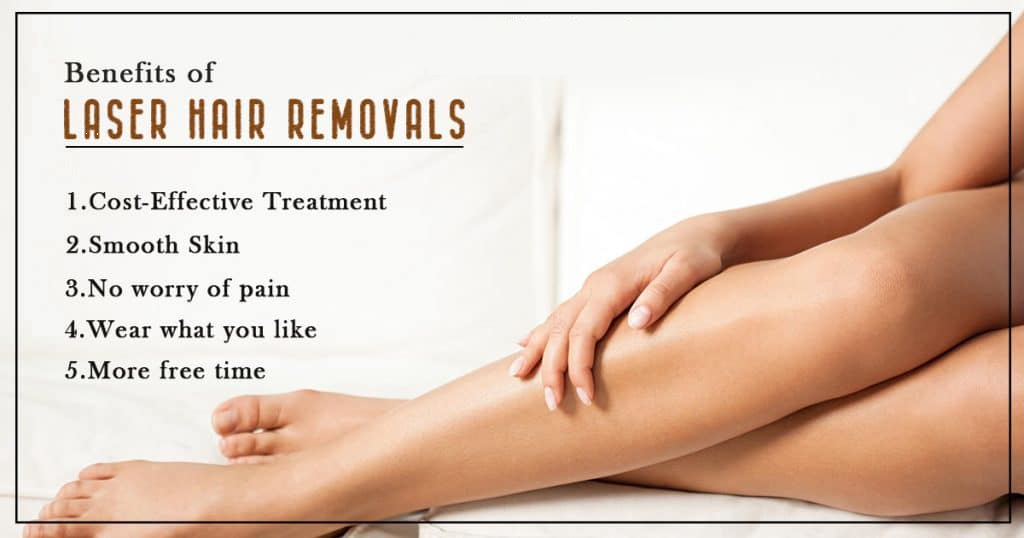
What are the benefits of laser hair removal?
- Dermatologists all over the world use and recommend it.
- Fit for all types of skin tone.
- Compared to other photo epilation techniques, fewer sessions are required to kill hair follicles.
- Any body part, regardless of how delicate, can be treated safely and successfully (facial, armpit, or inguinal area).
- It stops hair from growing under the skin and treats folliculitis effectively.
Frequently Asked Questions!
Laser Hair Removal is a cosmetic procedure that uses concentrated beams of light to remove unwanted hair. The laser targets and damages the hair follicles, inhibiting their ability to grow new hair.
While it significantly reduces hair growth, Laser Hair Removal is considered a long-term reduction rather than a complete elimination. Maintenance sessions may be needed over time to address any regrowth.
Most individuals experience minimal discomfort during the procedure. The sensation is often described as a mild stinging or snapping feeling. Many modern laser systems include built-in cooling mechanisms to enhance comfort.
The duration varies based on the size of the treated area. Smaller areas like the upper lip may take only a few minutes, while larger areas like the legs can take an hour or more. Multiple sessions are typically needed for optimal results.
Common side effects include temporary redness and swelling, akin to a mild sunburn. These effects usually subside within a few hours to a day. Serious side effects are rare but may include changes in skin pigmentation or scarring.
Advancements in laser technology have made it possible to perform Laser Hair Removal on various skin tones. However, the effectiveness may vary, and it’s crucial to use the appropriate laser for each skin type to minimize potential side effects.
The number of sessions varies depending on factors such as hair color, thickness, and the treated area. On average, multiple sessions spaced several weeks apart are needed to target hair follicles in different growth phases.
There’s typically no downtime, and individuals can resume their regular activities immediately after the procedure. However, it’s essential to follow post-treatment care instructions, including sun protection, to minimize potential side effects.
Yes, Laser Hair Removal can be used on the face to target unwanted hair on areas such as the upper lip, chin, and cheeks. Precision is crucial to avoid affecting surrounding skin and structures.
While some at-home devices exist, they may not be as powerful or effective as professional-grade equipment used in clinics. Professional treatments are generally more precise and provide better results, with the added benefit of experienced supervision.